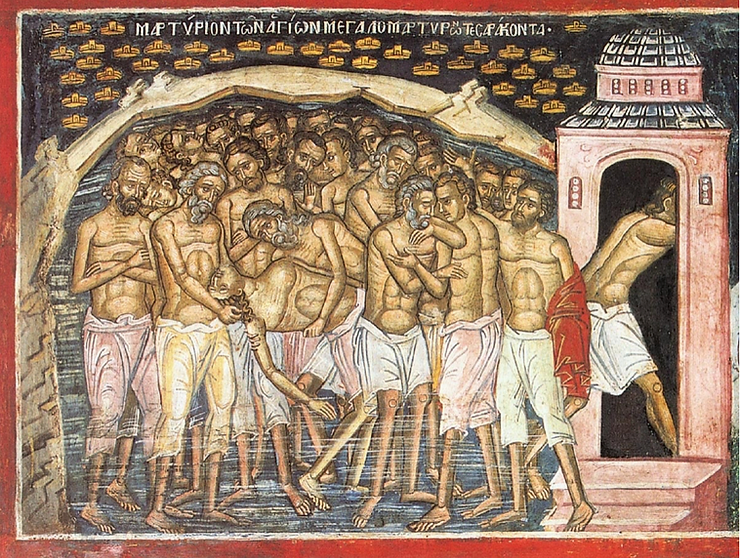Quoted from etwn.com [1]:
This great festival takes its name from the happy tidings brought by the angel Gabriel to the Blessed Virgin Mary, concerning the incarnation of the Son of God. It commemorates the most important embassy that was ever known: an embassy sent by the King of kings, performed by one of the chief princes of his heavenly court; directed, not to the kings or emperors of the earth, but to a poor, unknown, retired virgin, who, being endowed with the most angelic purity of soul and body, being withal perfectly humble and devoted to God, was greater in his eyes than all the sceptres in the world could make a universal monarch. Indeed God, by the choice which he is pleased to make of a poor virgin, for the accomplishment of the greatest of all mysteries and graces, clearly demonstrates that earthly diadems, dignities, and treasures are of no consideration with him; and that perfect humility and sanctity alone constitute true greatness. God, who is almighty, can do all things by himself, without making use of the concurrence of creatures.
Quoted from Wikipedia [2]:
In the Bible, the Annunciation is narrated in Luke 1:26–38:26 And in the sixth month, the angel Gabriel was sent from God into a city of Galilee, called Nazareth,27 To a virgin espoused to a man whose name was Joseph, of the house of David; and the virgin's name was Mary.28 And the angel being come in, said unto her: Hail, full of grace, the Lord is with thee: blessed art thou among women.29 Who having heard, was troubled at his saying, and thought with herself what manner of salutation this should be.30 And the angel said to her: Fear not, Mary, for thou hast found grace with God.31 Behold thou shalt conceive in thy womb, and shalt bring forth a son; and thou shalt call his name Jesus.32 He shall be great, and shall be called the Son of the most High; and the Lord God shall give unto him the throne of David his father; and he shall reign in the house of Jacob for ever.33 And of his kingdom there shall be no end.34 And Mary said to the angel: How shall this be done, because I know not man?35 And the angel answering, said to her: The Holy Ghost shall come upon thee, and the power of the most High shall overshadow thee. And therefore also the Holy which shall be born of thee shall be called the Son of God.36 And behold thy cousin Elizabeth, she also hath conceived a son in her old age; and this is the sixth month with her that is called barren:37 Because no word shall be impossible with God.38 And Mary said: Behold the handmaid of the Lord; be it done to me according to thy word. And the angel departed from her.(Luke 1:26–38)
[1] https://www.ewtn.com/catholicism/library/annunciation-of-the-blessed-virgin-mary-5189, quoted without bold type.
[2] https://en.wikipedia.org/wiki/Annunciation, quoted without hyperlinks.
